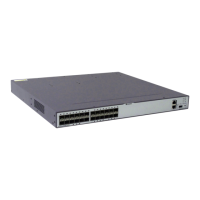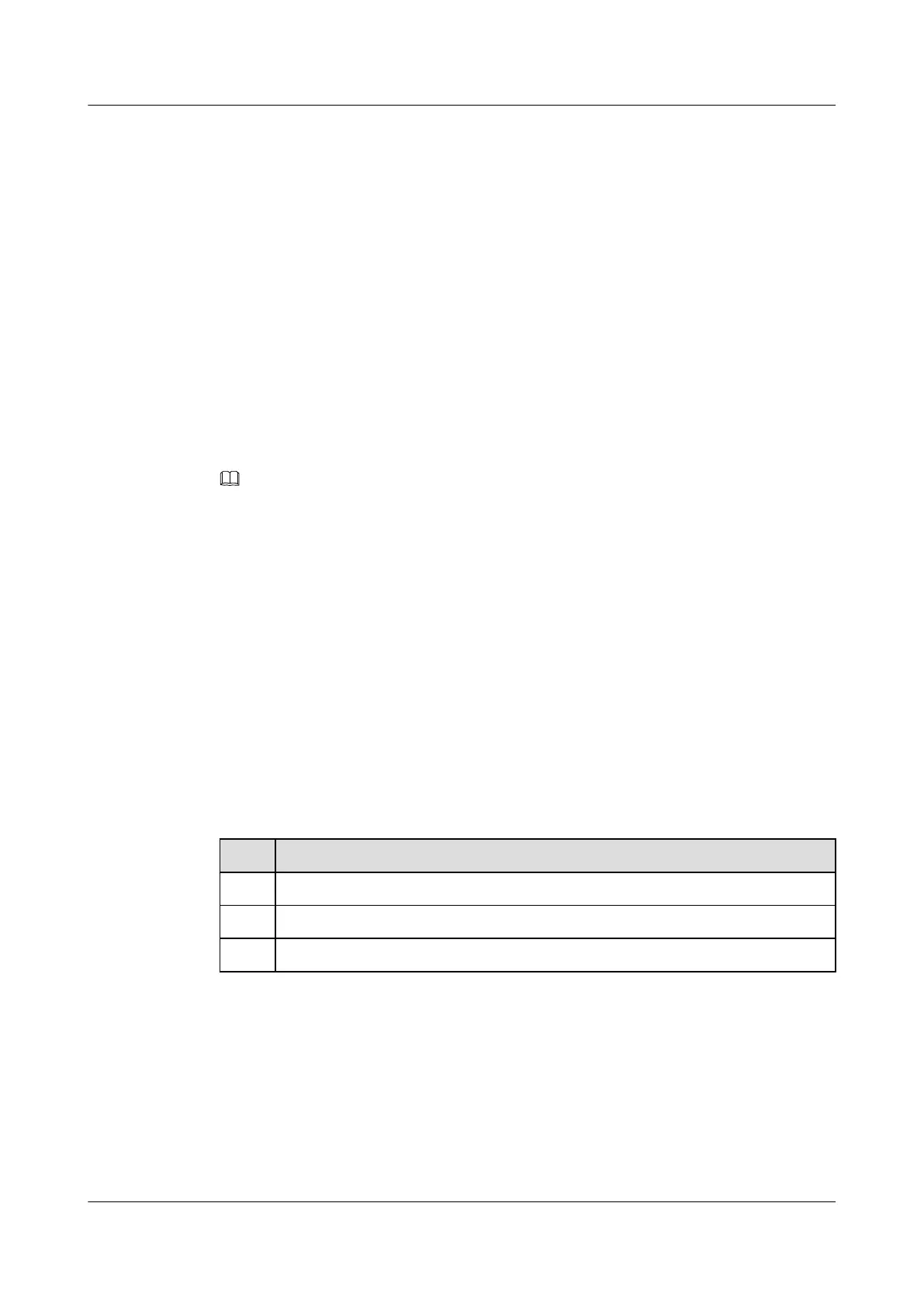10.7.1 Establishing the Configuration Task
Before applying filters to imported routes, familiarize yourself with the applicable environment,
complete the pre-configuration tasks, and obtain the required data. This can help you complete
the configuration task quickly and accurately.
Applicable Environment
After defining the filters including the IP prefix list, ACL, and Route-Policy related to the routing
policy, you need to import the filters to the protocols.
l Applying the policy to import external routes
– Use the import-route command in the protocol view. Import the required external
routes to the protocols and apply a Route-Policy to the imported routes.
– After the external routes are imported, run the filter-policy export to filter the routes.
Only the routes that meet the matching rules are advertised.
NOTE
l BGP has powerful filtering functions. For details of BGP configuration, refer to BGP
Configuration.
l You can run the filter-policy command and the import-route command with different parameters for
RIP, OSPF, IS-IS, and BGP. For details, refer to related configurations.
Pre-configuration Tasks
Before applying filters to imported routes, complete the following tasks:
l Configuring the IP-Prefix List
l Configuring an ACL
l Configuring the Route-Policy
Data Preparation
To apply filters to imported routes, you need the following data.
No.
Data
1 Name of the IP prefix list
2 Name of the ACL
3 Name of the Route-Policy and node number
10.7.2 Applying Route-Policy to Routes Imported by RIP
By applying filters, you can control the import of RIP routes.
Context
Do as follows on the switch that runs RIP:
S6700 Series Ethernet Switches
Configuration Guide - IP Routing 10 Routing Policy Configuration
Issue 01 (2012-03-15) Huawei Proprietary and Confidential
Copyright © Huawei Technologies Co., Ltd.
611

